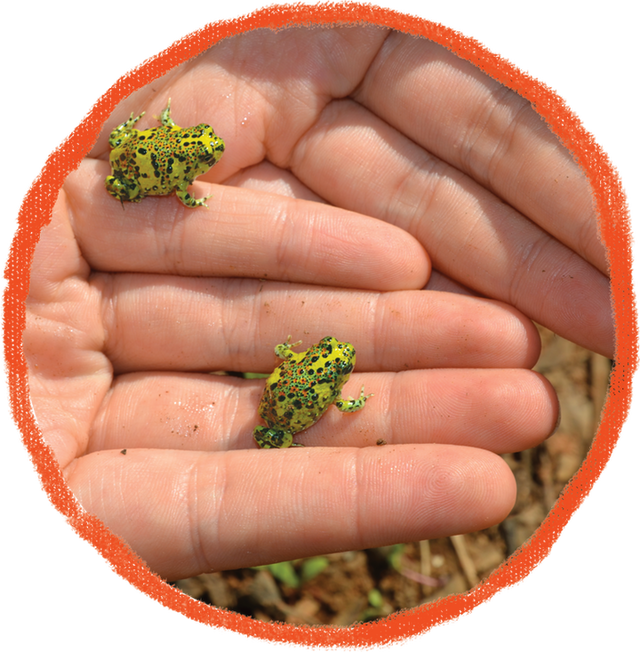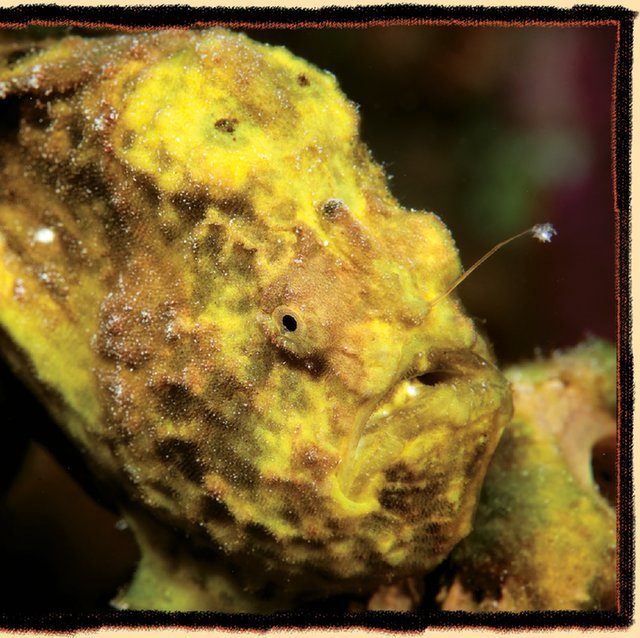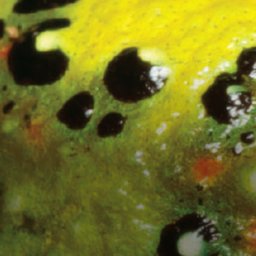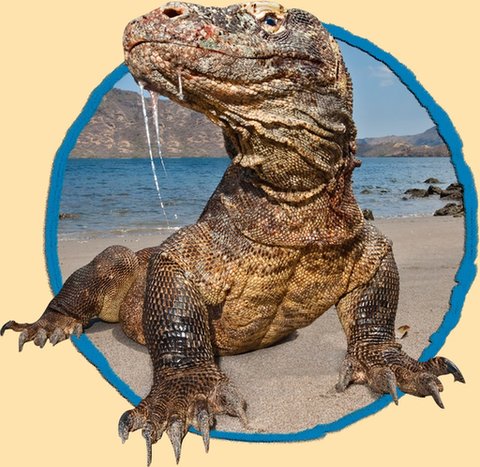
StickiestSituation
RainpoursdownontheAustraliangrasslands.Itsoakstheground.Soon,themudstartstomove.Insectscomeouttolookforfood.Acrucifixfrogdigsherwaytothesurface.Thecross-shapedpatternonherbackstandsout.Thehungryinsectsspotherand attack.
Luckily,thisfroghasaspecialadaptation.Sheletsoutstickygooonherskin.Theinsectsgetstuck!Whensheshedsherskin,sheeatstheskinalongwiththe insects.
DeadliestDrool
Komodoshavedevelopedextremeadaptationsforhunting.Theirtongueshelpthemtastetheairtofindprey.Theirstrong,jaggedteethtearthroughlargeanimals,likewaterbuffalo.Butit’sthedroolthatisthedragons’secret weapon.
Komododragonmouthshavemorethan50kindsofbacteria.Atleastsevenkindsaredeadly!Komodosalsohavevenomintheirsaliva.Itstopsthevictim’sbloodfromclotting.JustonebitefromaKomodosendspoisonintoawound.A Komodofollowsitspreyandwaitsforthevenomto work.
SpeediestSucker
A “worm” wigglesoveracoralreef.Apassingfishswimstowardit.Intheblinkofaneye,thefishissuckedintothemouthofa frogfish.


Frogfishhavethreeapproachestohunting.First,theyaremastersofdisguise.Somelooklikerocksorsponges.Theyblendinsowell,passingfishdonotsee them.
Second,frogfishhavebuilt-infishingpoles.Theyhavelongspinesthatlooklikewormsontopoftheirheads.Theywigglethemtolure fish.
Third,frogfishcaninflatetheirbodiestomakethemmuchlarger.Thiscreatespressure.Theyuseittosuckinpreylikeavacuum cleaner.
Afrogfish’svacuum-likemouthcansuckin prey.




